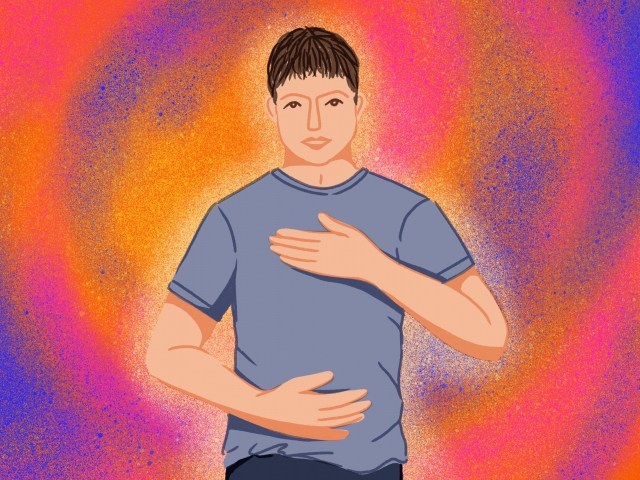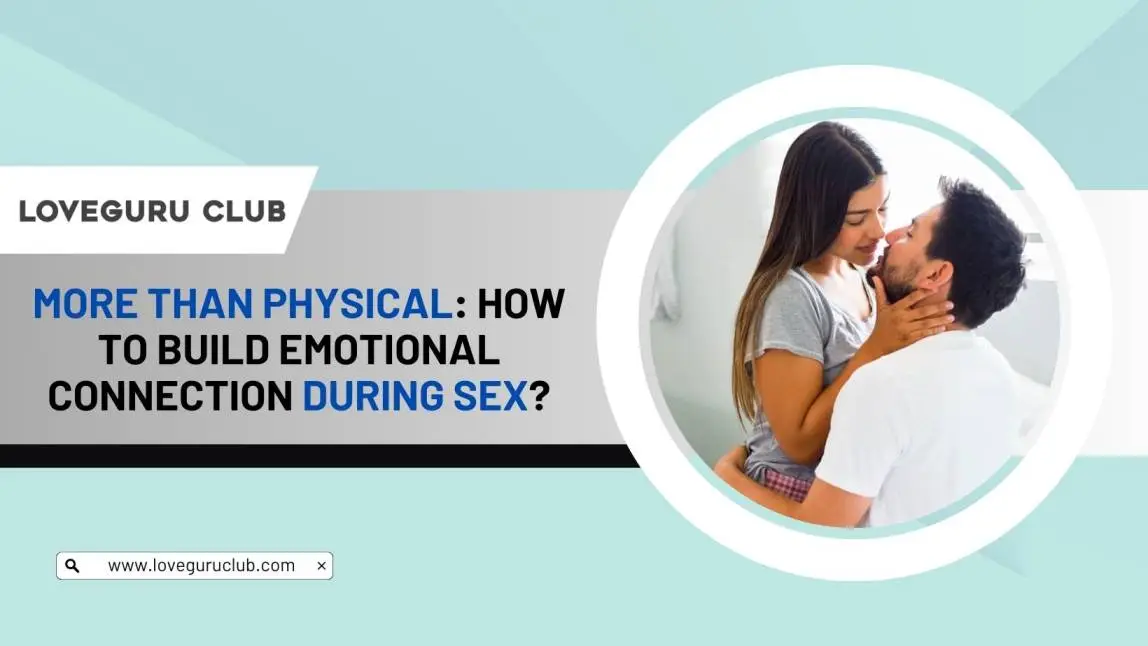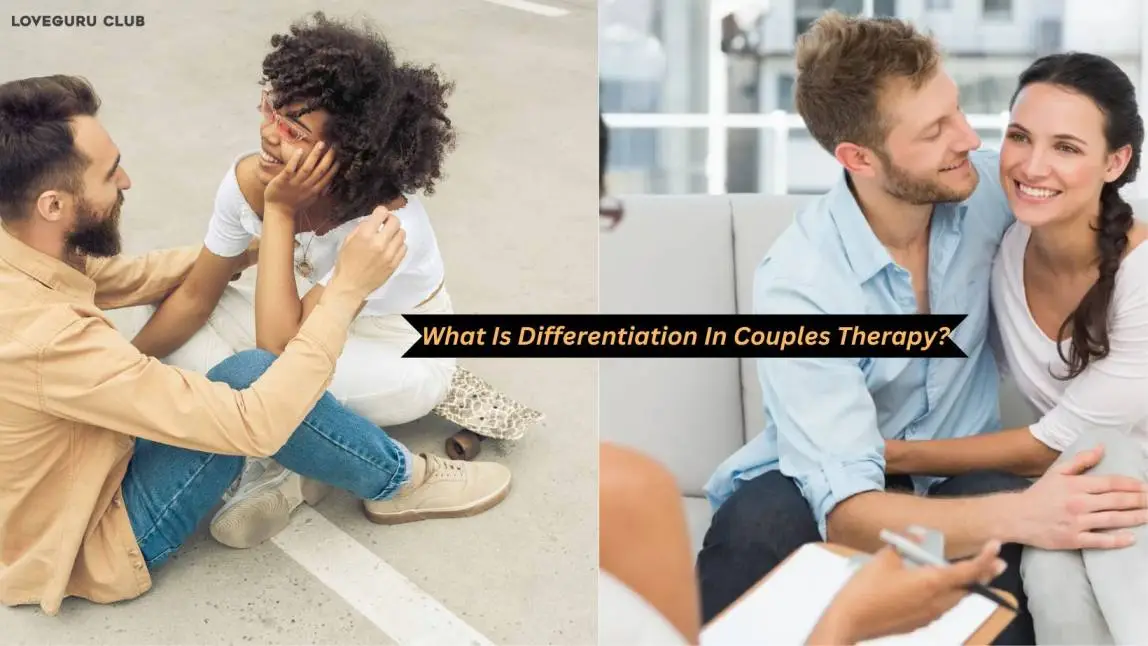Happiness
Episode 63: Remembering to Breathe

DACHER KELTNER Hi, this Dacher Keltner.
When you think about the fear and uncertainty we feel about Coronavirus, it’s hard to imagine how delivery workers, grocery store employees, nursing home attendants, and others on the frontlines feel. Healthcare providers in particular are one of the most vulnerable populations as they confront this virus in chaotic hospitals, often lacking basic equipment.
Today, we’re lucky to be speaking with Dr. Leif Haas, who’s a family medicine doctor and a hospitalist at Sutter Health’s Alta Bates Summit Medical Center in Oakland, California. He’s also a clinical faculty at UC San Francisco.
Leif is really a leader in taking principles like mindfulness and compassion and kindness and weaving them into the fabric of our healthcare system through his speaking, writing, and teaching. And I think his insights really go beyond the healthcare industry to support all of us who are experiencing our own worries and anxieties.
Leif’s here today to talk about a Mindful Breathing practice he does to help him––and his staff––be present and calm during this highly charged time with the COVID-19 epidemic.
And I’ll be leading a two-minute mindful breathing session for us, right before the credits, at the end of this episode.
Leif, thanks for joining us on The Science of Happiness.
LEIF HASS Oh, so happy to be here today, Dacher.
DACHER KELTNER When we asked you to choose a practice for these hard times, you chose one about calming the body and the mind by connecting to our breath.
Mindful Breathing prompts us to follow our breath, getting into a nice deep rhythm of breathing. And we know that mindful breathing can reduce anxiety and depression, and it can help people handle pain. Most directly, it would seem to activate the vagus nerve, which calms the stress response and enable us to be accepting. In certain studies it also activates regions of the prefrontal cortex, which inhibits the amygdala, the threat region sensitive to threat.
One of the areas of evidence that really impresses me the most about mindful breathing is it works for people handling trauma: first responders, police officers, doctors like yourself. And you’ve really made it a mission to teach mindfulness to the staff that you work with. How do you talk about mindful breathing with your colleagues when you’re in these intense work environments?
LEIF HASS Well, I mean, I do it routinely myself now and I try like, “Okay. Let’s just, let’s just set center myself,” after each encounter and get ready to be present for the next thing I need to do. Yeah. You can come out of these rooms where you’ve just talked to someone about their end of life. And I just take a couple deep breaths. I can actually just let that go and get ready for the next thing.
With the nurses and the other staff, just said, ”Boy, you know, these are anxious times. And you know what, You have reason to be anxious.”
Yeah.
LEIF HASS But what we really need to do is stop that spinning that’s going on with all the fear and the way to calm the body is through the breath. That there’s data that if you, you know, calm the body and the mind will follow. The breath is always there for you. And you’re always breathing. This is not adding to the chores of the things you’re already doing. You know, if you just take a deep breath, a couple deep breaths, feel the tension fade. You can do that, you know, throughout the day. And this will be something that you can always come back to. I just found the afterwards look in people’s eyes was that of like: Calm. They are thankful. What I need to do now is kind of go back a second round and see how people are doing and talk to people about it.
DACHER KELTNER Can you walk us through the exercise now?
LEIF HASS What I tell everyone, like, OK. Sit or stand in a comfortable position. You might want to close your eyes. I’ll lead you through some deep breaths here. So here we go in one, two, three, four. Out, one, two, three, four, five, six. And I repeat that a few times and I’ll say, “As you’re breathing, imagine you can feel all this tension that’s built up in your shoulders slowly go away. And just imagine all the people around you here. Think about all the hard work and the love they bring to their work every day. And think about what a great team we have here. And how lucky we are to be in this position to help these folks.” And, you know, it’s…I shouldn’t say this, but it’s a little embarrassing, like, “Oh, my God. Here’s Dr. Hass with his thing again.” Am I telling these different people, they’re not like a bunch of, you know, yogis. There’s some kind of tough E.R. nurses. And like, they were like, “OK. Yeah, that helped.”
DACHER KELTNER How do you find mindful breathing is shaping the care that you deliver?
LEIF HASS Well, you know, I’ve been doing it for like maybe three years now and most days I do two minutes or three minutes and yeah, but just that alone has gotten me to a point where a few breaths during the day can really just change the tone of my nervous system and this real palpable way and to the point where I really feel much more present and open hearted. I mean, for me, live your life with your heart open. The way to do that is to stop thinking about how screwed up things were in the past. and how screwed up things are gonna be in the future. And be present in the moment.
DACHER KELTNER You know, people are suddenly finding themselves in close quarters with family and roommates, while others are alone and isolated at home. You started this Mindful Breathing practice in a really complicated work setting of providing health care, and now things are even more stressful. How do you maintain this practice in these times?
LEIF HASS What I find myself doing is like, I will breathe twice and say, but say, “What about the death total in Italy?” And then I’ll breathe another two times and say, “Is it true that these antiretrovirals might work?” And I’ll breathe two times and say, “When are we gonna get the new tests?” So I’m not having much luck in keeping my mind quiet. But I am keeping my body quiet and I am breathing slowly and I’m…the point is not necessarily to quiet the mind. The point is to understand all what’s going on there with that can come a little bit of self-compassion, you know, and that, “Hey, this is not an easy practice. It’s not an easy time.” I wouldn’t expect my mind to be quiet right now necessarily.
DACHER KELTNER And that’s one of the really, I mean, I think one of the most enduring ideas about the mindfulness tradition is non-judgemental awareness. Right. And it’s hard for you in some sense. The mind is going to really struggle to be empty right now because there’s just so much information and uncertainty. But just to approach that information with a bit of equanimity really helps.
LEIF HASS It’s not a bad time to actually use some help with these mindfulness exercises. Right. The Greater Good has resources that many places have resources that you could just listen to a simple two minute guided breathing exercise. It is a nice way to start.
DACHER KELTNER So what are some of the key things you take from the Greater Good in terms of going forward, like what we really need to stay close to?
LEIF HASS I guess what I would say is that, you know, what you really need to do is feel, you know, talk to people. People need it. They need to talk.
DACHER KELTNER Yeah.
LEIF HASS You know, if you spend your day and you spend four hours on the phone talking to people, that’s kind of what people need to do. And that that is what I’ve found out, how my days are being spent. And I find that that’s what everyone is doing. I think it’s a healthy thing to do. Boy, like all sudden, like, you know what? We’re not taking that much for granted anymore.
DACHER KELTNER Yeah.
LEIF HASS Hey, thank goodness that Safeway is open. Trader Joe’s are open. I can go there and buy food.
DACHER KELTNER Well, those are wonderful words of wisdom. Well, Leif I want to thank you for being on the science of happiness, we are really grateful in very complicated time. You took time out of your day to talk about the frontlines of responding to coronavirus. And I hope we can have you back. So thanks for being here.
LEIF HASS Can I make one more pitch here? Yeah, if you have masks at home. Yeah. Like if you’re in it for some reason, let’s say you’re in, or know friends who are in the business of painting or woodwork or construction. It’s no joke. Find a health care center where you can drop off your mask. Five mask, ten masks. You know, you could save a life.
DACHER KELTNER Absolutely. And thank you again, Leif, for joining us on The Science of Happiness and for everything you do.
….
DACHER KELTNER It is hard right now. But 20 years of studies show that mindful breathing can help.
SHAUNA SHAPIRO When we learn how to practice mindfulness through using our breath, through using the body, we actually begin to change our ability to cope with stress.
DACHER KELTNER More on the benefits of mindful breathing, up next.
There’s a reason why practicing mindfulness has been embraced not only by some health care professionals like Leif Hass, but also by people facing trauma or anxiety: It can help us find calm and focus our attention.
SHAUNA SHAPIRO People say that our time is our most valuable resource, but really it’s our attention. And so mindful breathing is about bringing our kind and curious attention to this gentle process of breathing.
DACHER KELTNER Shauna Shapiro is a professor at Santa Clara University and the author of “Good Morning, I Love You,” a book about cultivating mindfulness and self-compassion. Shauna was one of the first to study mindfulness in healthcare settings, and has done so for over 20 years.
SHAUNA SHAPIRO And so one of the first studies we did teaching mindfulness to medical students, we found that during their exam period they were much more resilient than the control group. They were able to deal with the stress of exams. They were able to decrease depression, anxiety, and also they were able to increase their empathy and compassion both for others and themselves.
DACHER KELTNER Shauna and her colleagues have replicated those findings again and again with different health professionals: doctors…nurses…therapists…
SHAUNA SHAPIRO And what we’re finding is at the core of these practices is really mindful breathing, this capacity to slow down, to be present and to connect up these kinds of automatic processes of the body with intention so that we’re actually intentionally breathing. And what happens when we do this is it releases a whole cascade of healthy chemicals into the system. It down regulates our nervous system and it really brings us back into balance.
DACHER KELTNER When we breathe more mindfully and stay connected to the present moment, we release endorphins, chemicals that have a calming effect.
SHAUNA SHAPIRO And I think especially now during these stressful times, a lot of research shows that mindful breathing improves our immune system resilience, which we’re all working towards. It lowers our blood pressure and our heart rate and puts us at less risk for a lot of cardiovascular disease, which they’ve shown to be correlated with Covid-19. So I think right now when we’re all looking for ways to support ourselves––both mentally, emotionally and physically––mindful breathing supports us in all three of these dimensions and is a very simple, free and effective tool.
DACHER KELTNER Now is when mindful breathing can be most supportive. Plus, you can do it anywhere, even in the hardest situation. You don’t need to sit down and close your eyes for five minutes. Like Leif said, it can just be one or two breathes.
SHAUNA SHAPIRO The key to incorporating mindful breathing into your life is to remember. So to make a commitment, to set an intention, to practice mindful breathing and then to stay compassionate with yourself that you’re going to forget. We’re gonna be reactive. We’re gonna make mistakes. And as soon as you remember, there is your opportunity to begin again right in that moment. You can take a mindful breath. We can rewire our brain in any moment. In fact, one of my favorite lines of poetry from a Persian poet Kabir, he says, “Wherever you are is the entry point.” And so right here, right now, as you’re listening, this is the moment where you can begin. And this moment, this breath, they matter. They have an impact.
DACHER KELTNER If you have a few quiet moments, I invite you to try a two minute mindful breathing practice with me right now.
So what I’d like you to do is to sit down if you can or stand, but be in a comfortable position, make sure your posture is upright and your shoulders are nice and relaxed. And if you’re sitting, put your hands on your knees. And let’s begin. So I’d like you to close your eyes and let’s take a nice deep breath in, to a count of four, as we breathe in and really expand our chest and our belly. And then as you breathe out, pull in your abdominal muscles and feel the air, move through your chest, your lungs and your nose. Breathing in again, let’s expand the chest and really feel the breath, move the body as it expands. Breathing out, feel the air move up like a wave through your chest and through your nose. Breathing in to expand your chest, really feel your shoulders, relax your face, relax. Breathe out, relax your brow and your jaw. Such sites of tension. Breathing in. Notice the sensations that may be arising in your body. Maybe you feel a little warmer in the chest or just a little bit more relaxed. Breathing out. Move your attention. Into your face and your head. We breathe in this last breath. Let’s open her eyes. We breathe out. Let’s just take stock of the two minutes we’ve spent here to do a little mindful breathing. Thank you.
If you’d like to try other mindfulness practices, visit our Greater Good in action web site at ggia.berkeley.edu. Share your stories with us using the hashtag #HappinessPod or emailing greater@berkeley.edu.
We also have practices, resources, and articles for dealing with the stresses and strains of COVID-19, especially for parents and educators. Find them at greatergood.berkeley.edu/coronavirus
You can register for our free online course on the Science of Happiness. It’s at edx.org/happiness: that’s E - D - X dot org slash happiness.
I’m Dacher Keltner, thanks for joining us on The Science of Happiness.
Our podcast is a co-production of UC Berkeley’s Greater Good Science Center and PRX. Our senior producer is Shuka Kalantari. Production assistance is from Jennie Cataldo and Ben Manilla of BMP Audio. Special thanks to our associate producer Brett Simpson from UC Berkeley’s Graduate School of Journalism. Our executive producer is Jane Park. Our editor-in-chief is Jason Marsh. Our science director is Emiliana Simon-Thomas.





